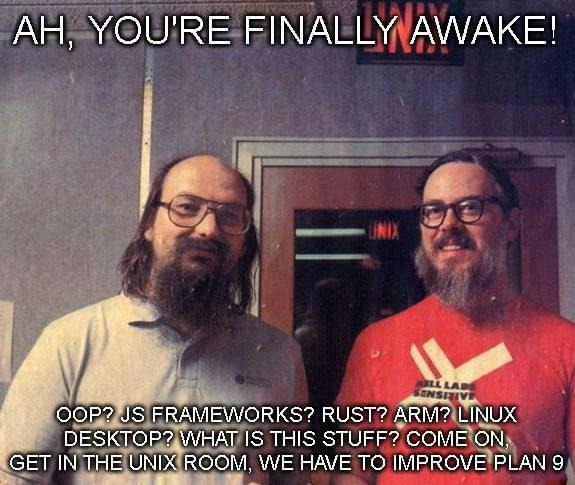My servers have names of Spanish words humorist El Risitas says in his mythical video where he laughs with no real reason.
The biggest server is named "cocinero", because I can (jokingly) easily imagine a very fat cook.
Then there is plancha, a lenovo thinkcentre which has the size of a plank.
My raspberry pi's have names of tapas: chorizo, keso etc.

Framaforms + framacalc.